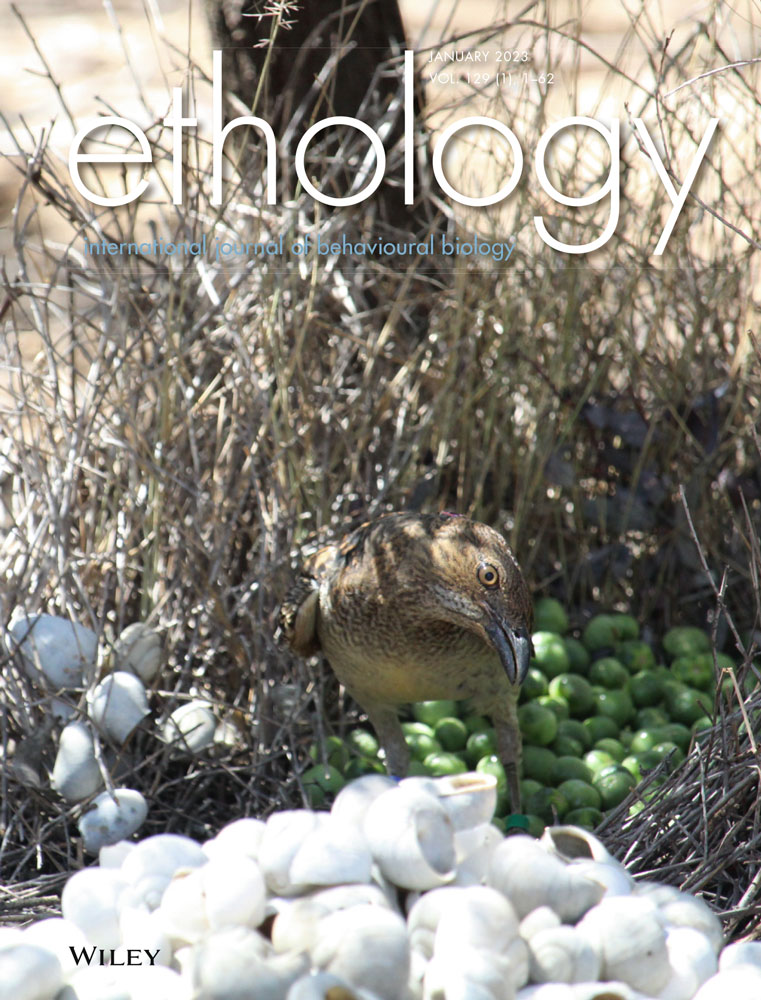Ver ítem
- xmlui.general.dspace_homeCentros Regionales y EEAsCentro Regional Buenos Aires SurEEA BarrowArtículos científicosxmlui.ArtifactBrowser.ItemViewer.trail
- Inicio
- Centros Regionales y EEAs
- Centro Regional Buenos Aires Sur
- EEA Barrow
- Artículos científicos
- Ver ítem
Behavioral responses of two small-sized rodents, Phyllotis vaccarum and Abrothrix andina, to energy challenges of high-altitude habitats in the Andes Mountains
Resumen
In mountain environments, both temperature and food availability vary strongly with altitude, leading to a major challenge to the thermo-energetic balance of organisms. In this sense, the behavioral repertoire is crucial for animals' adequacy because it implies a short-term response in the face of environmental changes. In this paper, we explored the behavioral versatility of Phyllotis vaccarum and Abrothrix andina (Rodentia: Cricetidae), two of the
[ver mas...]
In mountain environments, both temperature and food availability vary strongly with altitude, leading to a major challenge to the thermo-energetic balance of organisms. In this sense, the behavioral repertoire is crucial for animals' adequacy because it implies a short-term response in the face of environmental changes. In this paper, we explored the behavioral versatility of Phyllotis vaccarum and Abrothrix andina (Rodentia: Cricetidae), two of the mammal species with the highest altitudinal distribution worldwide. By radiotelemetry, we analyzed the activity pattern, home range, and microhabitat selection in populations of both species inhabiting at 2300 and 3100 m altitude in the Central Andes of Argentina. We found that A. andina was diurnal at 3100 m and cathemeral at 2300 m a.s.l., while P. vaccarum was nocturnal at both elevations. Moreover, home range size was larger in A. andina males at 3100 m in contrast to females at identical altitude and males at 2300 m; while, in P. vaccarum, there were no differences according to altitude or sex. Furthermore, we recorded a complex and species-specific microhabitat selection pattern at different altitudes. Finally, the magnitude of behavioral variability was higher in A. andina than in P. vaccarum for all the traits analyzed. These results are discussed with emphasis on the impact of behavioral traits and their plasticity for species adequacy in high-altitude environments.
[Cerrar]

Autor
Ruperto, Emmanuel Fabián;
Menéndez, Josefina;
Taraborelli, Paula Andrea;
Scattolón, Federico Omar;
Sassi, Paola Lorena;
Fuente
Ethology: international journal of behavioural biology : 1-16 (First published: 22 December 2022)
Fecha
2022-12
Editorial
Wiley
ISSN
1439-0310
Formato
pdf
Tipo de documento
artículo
Palabras Claves
Derechos de acceso
Restringido
 Excepto donde se diga explicitamente, este item se publica bajo la siguiente descripción: Creative Commons Attribution-NonCommercial-ShareAlike 2.5 Unported (CC BY-NC-SA 2.5)
Excepto donde se diga explicitamente, este item se publica bajo la siguiente descripción: Creative Commons Attribution-NonCommercial-ShareAlike 2.5 Unported (CC BY-NC-SA 2.5)

